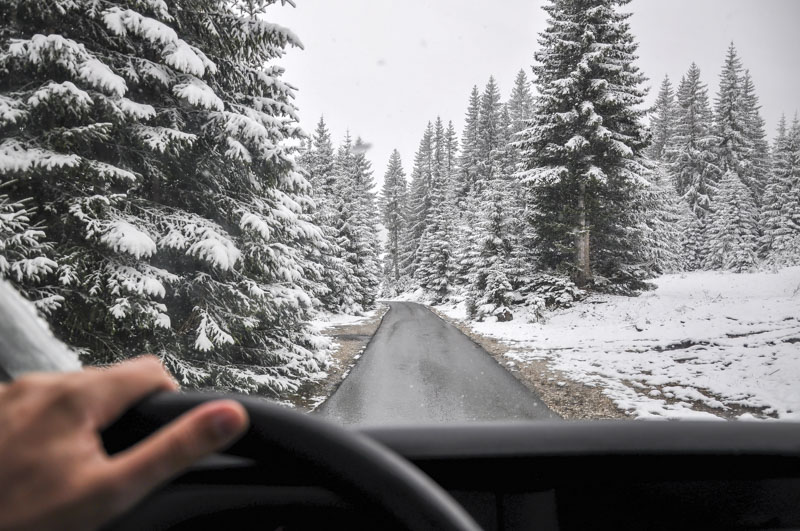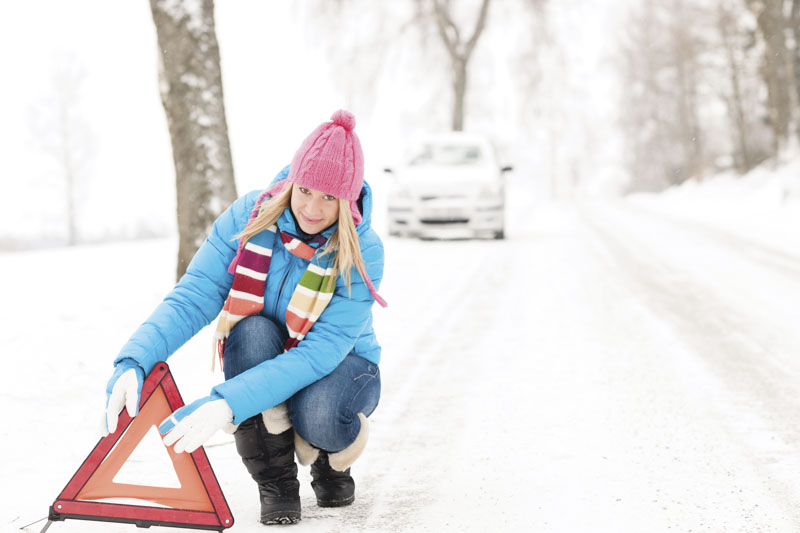Remember these 5 tips for maximum safety and peace of mind on the road this winter
Winter is one of the most beautiful and challenging seasons facing Canadian motorists. With fluctuating temperatures, reduced daylight levels, reduced traction, and the perpetual threat of ice, slush and freezing rain to challenge drivers and their vehicles at every turn, winter travels can be stressful or relaxing, depending on your level of preparedness.
Visibility is Key: Start with seeing and being seen, ensuring all lights are functional, and that headlights are properly aimed. If you can’t see properly out of your car, you’re asking for trouble. Use a quality winter wiper blade and washer fluid to help cut through the snow and ice, too. A clean cabin air filter can dramatically improve windshield defroster performance, helping clear the windscreen in quick order. See trouble up the road? Light up your brake lights, even if you’re not stopping yet. They’re a great way to communicate with motorists behind you.
Emergency Kit: In addition to a bag of traction-boosting sand or cat litter, consider packing an emergency kit to store in your trunk. Blankets, candles, snacks, a booster-pack or recharger (like the Noco Genius Boost or Cyntur Jumper Pack), and emergency road flares should all be included. Ditto a flashlight, and a tow-strap. Use a pre-prepared emergency kit, or make your own by filling a plastic tote with the items mentioned above.
Keeping Alert on Long Drives: Avoid heavy meals, which cause drowsiness, before or during longer trips. Healthy snack-foods consumable by the handful work wonders for energy and alertness levels. Snacks with protein and complex carbs take longer to digest, which help steady blood sugar levels and alertness, and don’t result in a sugar crash. Drinking plenty of water, and avoiding excess coffee on the move, are great ideas, too. Finally, remember that protecting your eyes with a quality set of driving glasses during the day will keep them fresh and alert hours later, once the sun has gone down.
Remember how to Skid: Steer into the skid? Out of the skid? Hit the brakes? There’s precious little time to make a decision when your vehicle is losing control, so remember the easy version of winter skid control: keep the steering wheel, and your eyes, pointed where you want the car to go. Don’t stare at the tree or rock that you don’t want to hit, but rather, look towards the open road where you’re hoping to wind up. Steadily, gently keep the wheel pointed in your intended direction of travel and lightly, progressively squeeze the brakes as needed. Do NOT go Hollywood-style, thrashing on the controls, as this will typically make a skid worse.
Maintenance and Confidence go hand in hand: Running a properly-maintained vehicle can work wonders for confidence, and confidence can work wonders for winter driving safety. Noting that harsh winter driving conditions tend to aggravate poorly maintained vehicle components, have your favourite mechanic quickly perform an inspection and tune-up next time your ride is in for an oil change. With all vehicle systems running optimally, you’ve got a better chance of successfully tackling winter drives with little issue.











